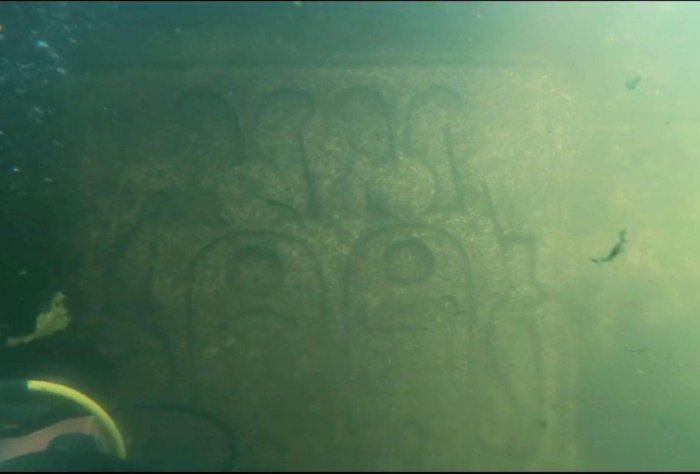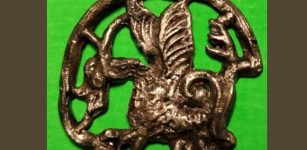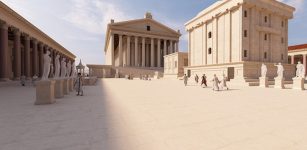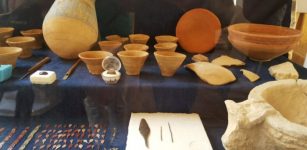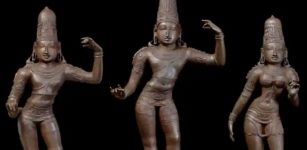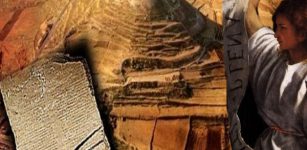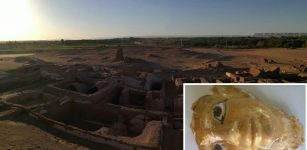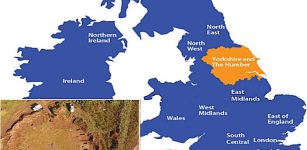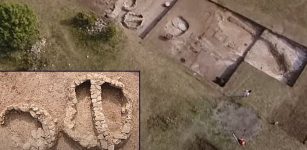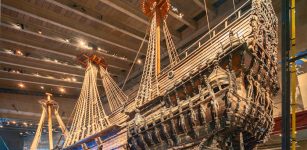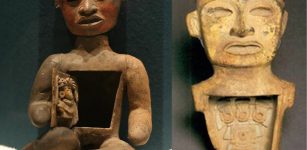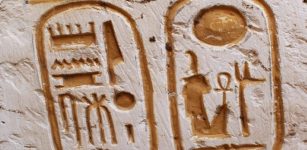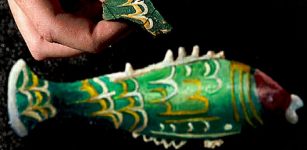Underwater Rock Carvings Of Ancient Egyptian Pharaohs Discovered Near Aswan
Conny Waters - AncientPages.com - The recent underwater archaeological discovery in the Nile River near Aswan, Egypt, has revealed significant historical artifacts. A joint French-Egyptian diving expedition uncovered rock carvings depicting several ancient Egyptian pharaohs, accompanied by hieroglyphic inscriptions. These findings were located in a submerged area due to the construction of the Aswan High Dam between 1960 and 1970.
Credit: Egyptian Ministry of Tourism and Antiquities
Prior to the flooding, UNESCO led a large-scale effort to document and relocate as many archaeological remains as possible from the affected area. However, due to time constraints, numerous artifacts could not be moved and were subsequently submerged by the rising waters.
Aswan held great importance in ancient Egyptian history, often marking the country's southern border. The region is home to several significant archaeological sites, including Abu Simbel.
Credit: Egyptian Ministry of Tourism and Antiquities
The Abu Simbel complex, constructed between 1264 and 1244 BC (or 1244 and 1224 BC) during the reign of Pharaoh Ramesses II, comprises two significant temples extending 56 meters into the rock face. The excavation of these temples from a solid mountainside on the West Bank of the Nile in Lower Nubia, in proximity to the Sudanese border, required a period of two decades.
One of the temples serves as a monument to Ramses II's triumph over the Hittite Empire at the Battle of Kadesh in 1274 BC. The second temple is dedicated to the commemoration of the pharaoh's affection for his most esteemed queen, Nefertari.
The archaeological team's objective is to identify and document extant inscriptions and carvings that are currently submerged in Aswan, including pharaonic carvings, as stated by the Egyptian Ministry of Tourism and Antiquities.
Credit: Egyptian Ministry of Tourism and Antiquities
To accomplish this task, the team is conducting underwater explorations to locate the remnants and subsequently documenting them through various means, including photography, videography, and photogrammetry. The latter technique involves capturing numerous images of an object, which can subsequently be utilized to generate a digital three-dimensional model.
See also: More Archaeology News
The recently discovered pharaonic inscriptions encompass those of Amenhotep III (who reigned approximately 1390 to 1352 B.C), Thutmose IV (who reigned approximately 1400 to 1390 B.C), Psamtik II (who reigned approximately 595 to 589 B.C), and Apries (who reigned approximately 589 to 570 B.C). Ministry officials have confirmed in a statement that these rulers belong to the 18th and 26th dynasties.
Written by Conny Waters – AncientPages.com Staff Writer


